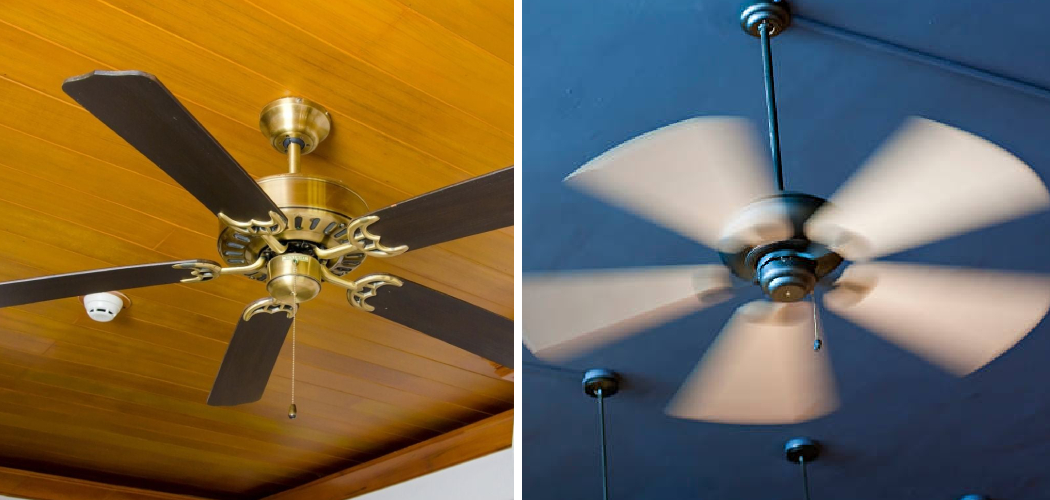Ceiling fans can provide a great way to cool and circulate air in your home. However, if you find that your fan is not providing enough air movement, there are several steps you can take to improve the performance of your ceiling fan.
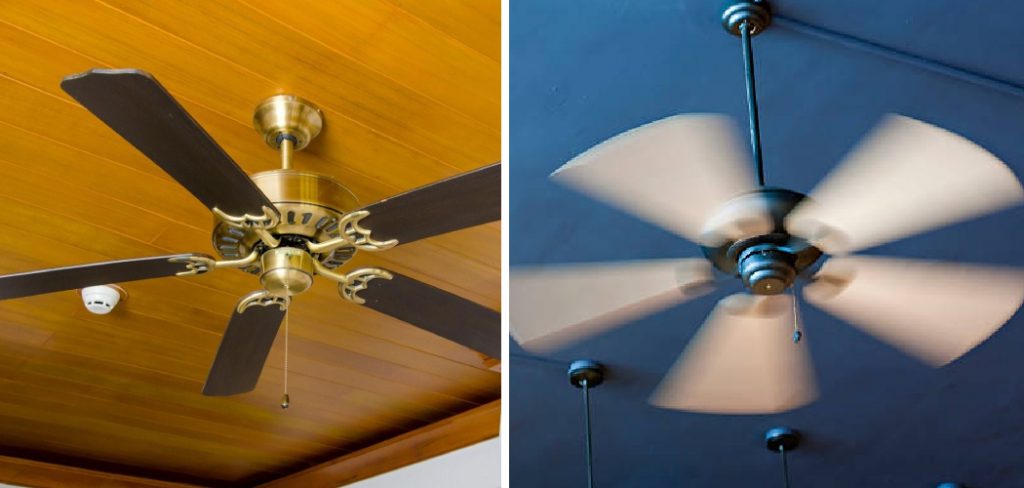
The greatest advantage of making a ceiling fan move more air is that it can dramatically improve the climate in a room. By increasing air circulation, ceiling fans can help cool down the room and keep people comfortable during hot summer days. Additionally, having a fan that moves more air can also reduce energy costs as the fan will be able to reach its desired temperature quicker. Read this blog post to learn how to make a ceiling fan move more air.
Step-by-step Instructions for How to Make a Ceiling Fan Move More Air
Step 1: Inspect the Fan Blades
Start by checking the fan blades for any wear and tear. Look for signs of damage such as warping, cracking, or splintering. If you notice any of these symptoms on the blades, they’ll need to be replaced in order to ensure proper air circulation. Use a vacuum cleaner attachment or a damp cloth to remove any dust or debris from the fan blades. This will help keep the fan running smoothly and efficiently, allowing it to move more air.
Step 2: Check the Balance of the Fan Blades
Unbalanced fan blades can affect how much air a ceiling fan moves. To check for balance, hang a plumb line from the center of the ceiling fan so that it touches the tips of each blade. If two or more blades are out of balance, you’ll need to adjust them accordingly.
Step 3: Tighten All Hardware Connections
Make sure all screws, bolts, and other hardware in the ceiling fan are tight. Loose connections can reduce the amount of air movement that a ceiling fan can provide. Adjusting the speed settings on a ceiling fan can have an impact on its air movement. Most ceiling fans have two to five adjustable speeds, allowing you to control how much air is being moved.
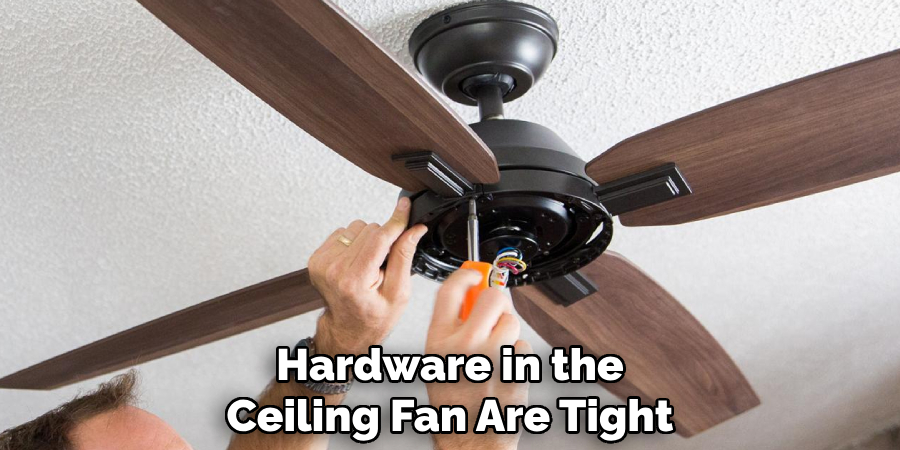
Step 4: Replace Air Filters and Grill Covers
Replacing dust-covered air filters and grill covers will help improve airflow in a room. When these components become clogged, the ceiling fan won’t be able to move as much air through a room. To ensure that your fan is moving air efficiently, make sure that its blades are at the correct angle for your space. The ideal angle for a ceiling fan should be between 8 and 10 degrees.
Step 5: Replace the Motor
If your ceiling fan isn’t moving as much air as it should, it may be time to replace the motor. Over time, motors can become worn out or damaged, which reduces a fan’s ability to move air. Make sure that there are no obstructions near the fan blades that could be blocking air movement. This includes furniture, curtains, and other objects that might be too close to the fan blades.
Step 6: Check for Leaks in the Ductwork
If your ceiling fan is connected to an HVAC system, check for any leaks in the ductwork. Leaky ducts can reduce the amount of air a fan can move, and they can also cause energy loss.
Finally, once you’ve completed all these steps to make your ceiling fan move more air, don’t forget to check it periodically for any necessary repairs or replacements! An efficiently-running ceiling fan is not only great for cooling off in the summer months, but it can also help reduce energy costs.
Tips for How to Make a Ceiling Fan Move More Air
- Make sure to turn off the power before attempting any work on a ceiling fan.
- Inspect the blades and check for any damage or wear-and-tear that could affect its performance.
- Check the wiring of the fan and ensure that it is properly connected to a dedicated circuit breaker in your home’s electrical panel.
- Make sure to lubricate the bearings and other moving parts of your ceiling fan, if necessary.
- Inspect the fan blade pitch and make any needed adjustments accordingly.
- Check that the blades are installed correctly and securely to optimize air circulation from the fan.
In addition, you can also consider replacing your existing fan with a more powerful motor to achieve better air circulation. You can also opt for a fan that moves more air by installing larger or multiple blades, and/or building an enclosure around the fan to help trap more air movement. Installing ceiling fans in different parts of your home can also increase the amount of air circulation within the space.
Importance for Making a Ceiling Fan Move More Air
- Cooling Effect – Moving air helps to reduce the temperature in a room by creating a wind chill effect. A fan that moves more air will be able to cool down a room faster and more efficiently than one with less airflow.
- Energy Savings – A ceiling fan that moves more air can help save on energy costs as it uses less power when it moves more air. This is because the motor does not have to work as hard to keep the fan running at its highest speed, thus reducing energy consumption.
- Improved Air Circulation – A ceiling fan that moves more air will help circulate the air in a room more efficiently so that hot and cold spots are eliminated. This helps to make a room feel comfortable and well-ventilated.
- Increased Air Flow – Moving more air will also help improve the overall air quality in a room by bringing in fresh air from outside. This can help reduce pollutants and allergens in the air, resulting in greater indoor comfort.
- Reduced Noise – A ceiling fan that moves more air is quieter than one with less airflow as it produces less turbulence. This means that your fan will be quieter and more comfortable to use, resulting in a better sleep experience.
- Increased Durability– A ceiling fan that moves more air is less likely to break down as it has been designed to withstand higher speeds and the additional stress this puts on its components. This results in a longer life span for the fan, which can save you money in the long run.
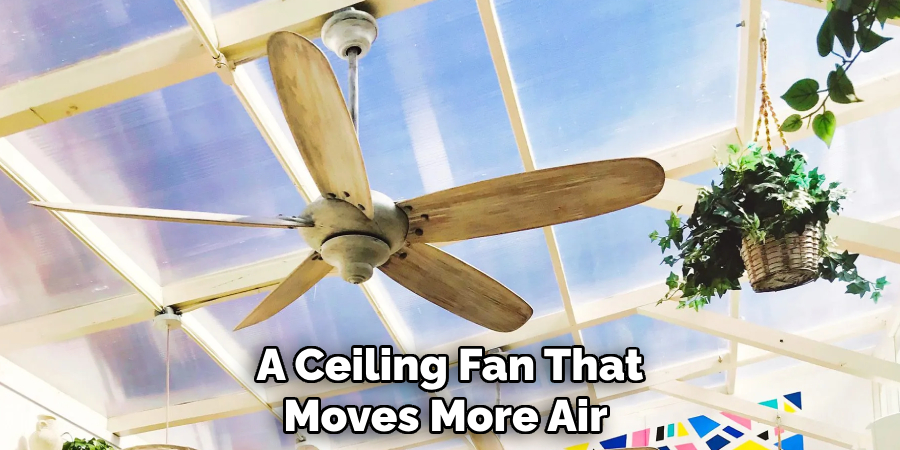
With this knowledge at hand, you can now make an informed decision when it comes to choosing which fan is right for you. It’s important to note that not all fans are created equal – some may move more air than others, so it’s important to take this into consideration when making your purchase.
Are There Any Additional Accessories to Increase the Amount of Air Moved by Your Ceiling Fan?
Yes, there are several accessories and modifications that can be made to a ceiling fan in order to increase the amount of air that is moved. One common modification is to install a larger fan blade. This will increase the area over which the fan moves air, thus increasing its output. A larger motor may also be installed for an even greater effect.
Another modification is to install a fan speed control. This will allow you to adjust the fan’s speed, which can also increase the amount of air moved. Some fans may even come with multiple speeds, allowing for a greater range of output.
Finally, accessories such as ceiling fan light kits or remote controls can be installed in order to further increase the output of your ceiling fan. These can be used to control the fan from outside of the room, or even to dim or brighten a light attached to the fan.
How Often Do You Need to Clean or Replace the Filters on Your Ceiling Fan?
The filters on your ceiling fan need to be cleaned or replaced regularly. Depending on the type of filter, you may need to clean it as often as once a month. It’s important not to let the dust accumulate because it can interfere with the airflow and cause frequent overheating of the fan motors. You should also make sure that debris is cleared away from outside air vents so that it doesn’t get drawn into the fan.
It’s also important to replace or clean your air filter regularly because a clogged filter can reduce the airflow and limit the efficiency of the fan. Lastly, you should check and see if there are any loose parts on your ceiling fan as these can increase noise levels and also affect how much air is being moved. Taking the time to give your ceiling fan regular maintenance can help it work more efficiently and last longer.
What Other Considerations Should You Keep in Mind When It Comes to Making a Ceiling Fan Move More Air?
Besides the factors mentioned above, there are other considerations that can affect how much air your ceiling fan moves. One of these is blade size. The larger the fan’s blades, the more air it will be able to move in a given timeframe. It’s also important to keep in mind that having too many blades on a ceiling fan may make it less efficient at moving air.
Another consideration is the type of motor used in the ceiling fan. Typically, ceiling fans with DC motors (direct current) are more energy-efficient than those with AC motors (alternating current).
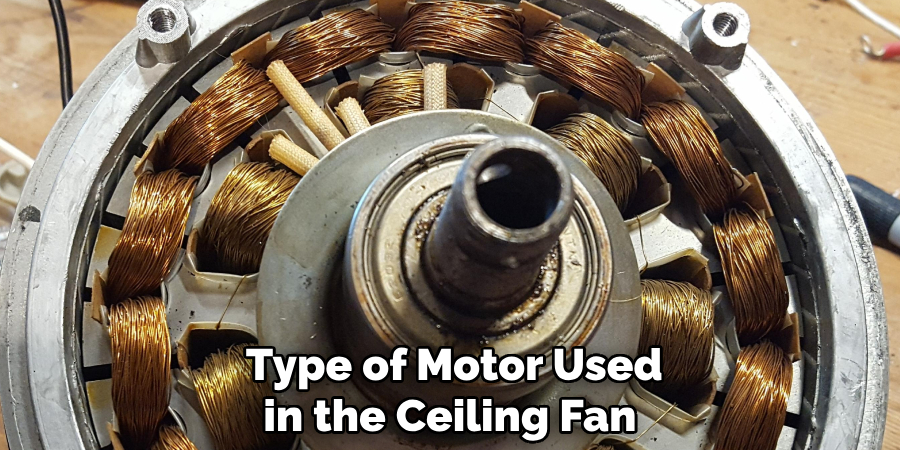
A higher-quality motor can also make your ceiling fan run quieter and last longer. Finally, environmental factors such as temperature, humidity, and air density can all affect the amount of air that a ceiling fan is able to move.
Warmer temperatures and higher humidity levels will decrease a fan’s effectiveness, while colder temperatures and lower humidity levels will improve the efficiency of its airflow.
Is It Safe to Use a Ceiling Fan in Your Home or Office Environment?
Yes, it is safe to use a ceiling fan in your home or office. Ceiling fans do not produce any kind of hazardous emissions and can help reduce energy costs. However, many people find that their ceiling fans don’t move as much air as they would like.
If you are looking for ways to make your ceiling fan move more air, there are several steps you can take. It is important to note that ceiling fans are designed to move air up and out rather than down and across the room.
The first thing you should do is make sure your fan blades are spinning in the correct direction. The direction of the blades will determine whether or not they will be able to effectively move air around the room.
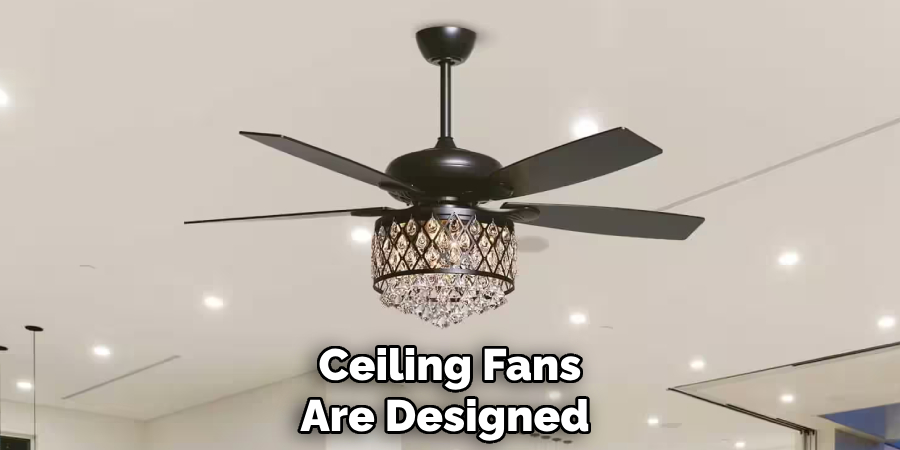
During the summer, your fan should be spinning in a counterclockwise direction; during the winter, it should spin clockwise. Next, make sure that there are no obstructions blocking the air flow from the fan. This includes furniture, drapes, and other items that may restrict or redirect airflow.
Conclusion
In conclusion, making a ceiling fan move more air is a simple and cost-effective way to increase the air circulation in any room. It can be done by adjusting the blade pitch, increasing the fan speed, using larger blades, or improving the overall design of the fan.
All of these options should provide some degree of increased air movement, but it’s important to keep in mind that the fan will only be as effective as its design. Therefore, if you’re looking for maximum air movement, investing in a high-quality ceiling fan or an adjustable blade pitch fan might be the best option.
Ultimately, when it comes to increasing air circulation in your space, making sure that your ceiling fan is doing its job can make all the difference. I hope this article has been beneficial for learning how to make a ceiling fan move more air. Make Sure the precautionary measures are followed chronologically.
